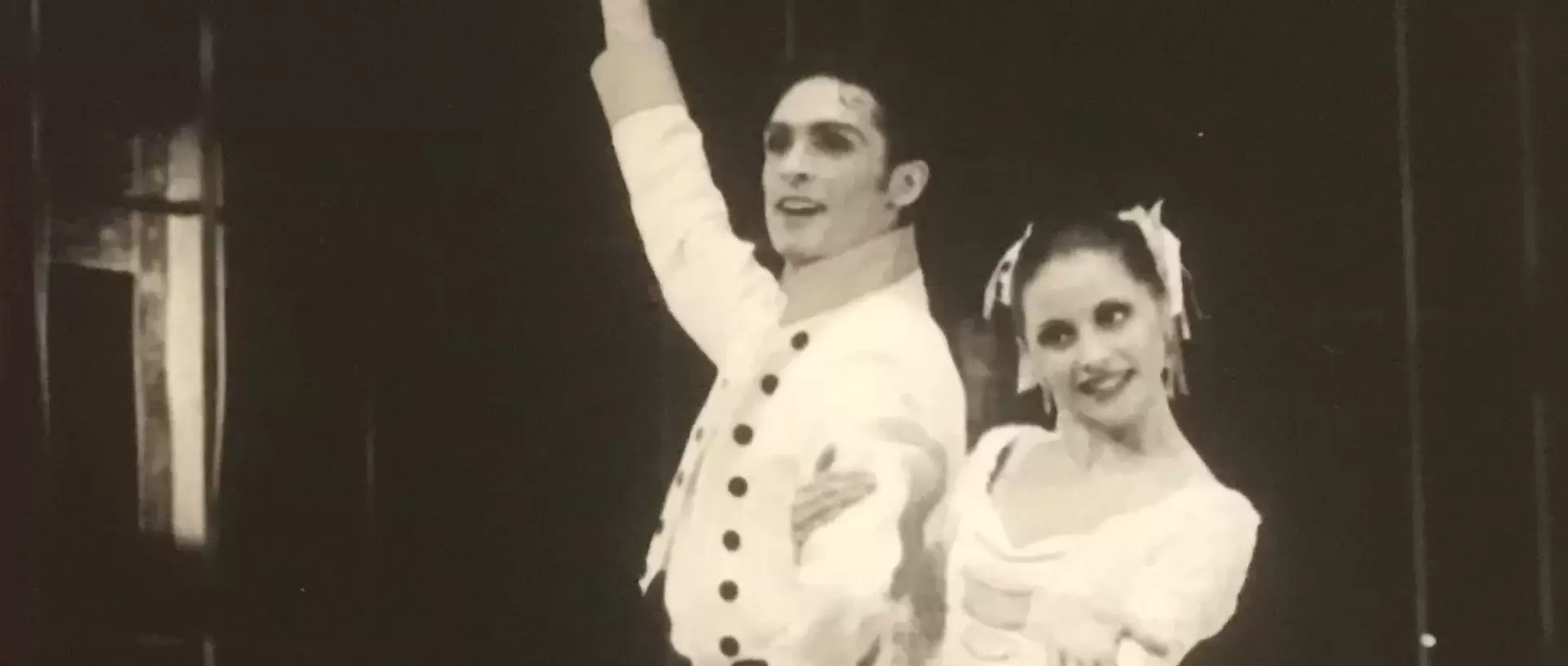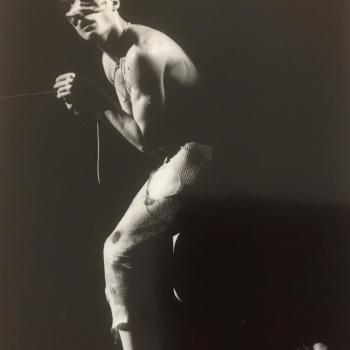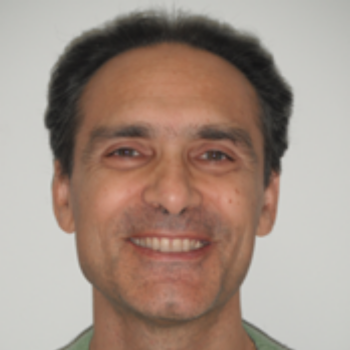Dancers are interested in the process of Rolfing® because it provides them with a different experience of their body than their daily training.
They regain circulation, flexibility, fluidity, lightness and confidence that they can integrate into their technical and artistic work.
Because the gravitational balance is even more fundamental for a dancer, special attention is paid to how to acquire an orientation as easy in the ground as in space, and vice versa, thus offering them a safe and fluid stabilisation.
The freer, more flexible and stable the body becomes, the stronger is the ability to transmit a message, without any price to pay afterwards.
Nicola's experience with Rolfing
Nicola Carofiglio (also a Certified Advanced Rolfer®, Rolf Movement™ Practitioner and Dr Ida Rolf Institute® Europe faculty member) is from Italy, he is a professional ballet and contemporary dancer. His work has led him to perform in various European cities.
At the age of 33, when he receives his first Rolfing session, he felt disconnected from a part of himself: constraining himself to a rigorous work discipline, his body was used to meeting the needs of his professional environment, the expectations of his choreographers, his colleagues and the public.
'My commitment to excellence meant that there was constant pressure to be evaluated and to please. The deep encounter with my inner and blind spaces, which I experienced thanks to my Rolfer®, gave me both the desire to have a better relationship with the ground, but also gave rise to a kind of rebellion at the thought of standing up straight all the time. As if I was carrying my body like a flexible bag around a linear verticality, and that I was not aware of the roundness of its contents, except when, literally, I broke down.
I started to integrate new internal spaces into my training, which disoriented me and made me lose my balance during the performances. My ballet technique no longer supported me, nor my identity with all my beliefs of the time. The process of disintegration of everything I had built went so far that my choreographer and director confronted me, asking me to behave differently and do what the ballet master had always taught me. It was difficult to go back to that convention. I could not explain my 'transformation'. I experienced a non-acceptance on their part and a loneliness, which strangely brought me back to the ground, to being 'fed' by it and thus being able to reassess my situation and my desires.
Today, because I feel 'under-pinned' by the ground, I can say that this experience was the price to pay to return to my individuality and the feeling of physiological and psychological coherence that has occurred in me: I function better and my body image has stopped being above, next to, below or other than myself. Stillness and silence matched my movements, propelling me towards the price of my actions and decisions. Lightness and heaviness have reversed. A friendly relationship with the ground has replaced the distance I felt towards it.
The choreographic research that I then explored invited me to a different approach to movement and expression on stage, with which I felt more in agreement.
Bodily injuries have decreased dramatically, despite the unconventional body language I have adopted during some performances.
Today, I can feel with each of my steps this unique feeling of having a central space, which is called 'core' in Rolfing terms.
I believe that we must respect the unique and indivisible value of each individual in a world that continues to fragment'.
Author: Certified Advanced Rolfer®, Rolf Movement™ Practitioner and Dr Ida Rolf Institute® Europe Faculty Member, France Hatt-Arnold - Switzerland.
Photo Credit: Header and bottom right - Klaus Baqué, bottom left - Bettina Stöß










